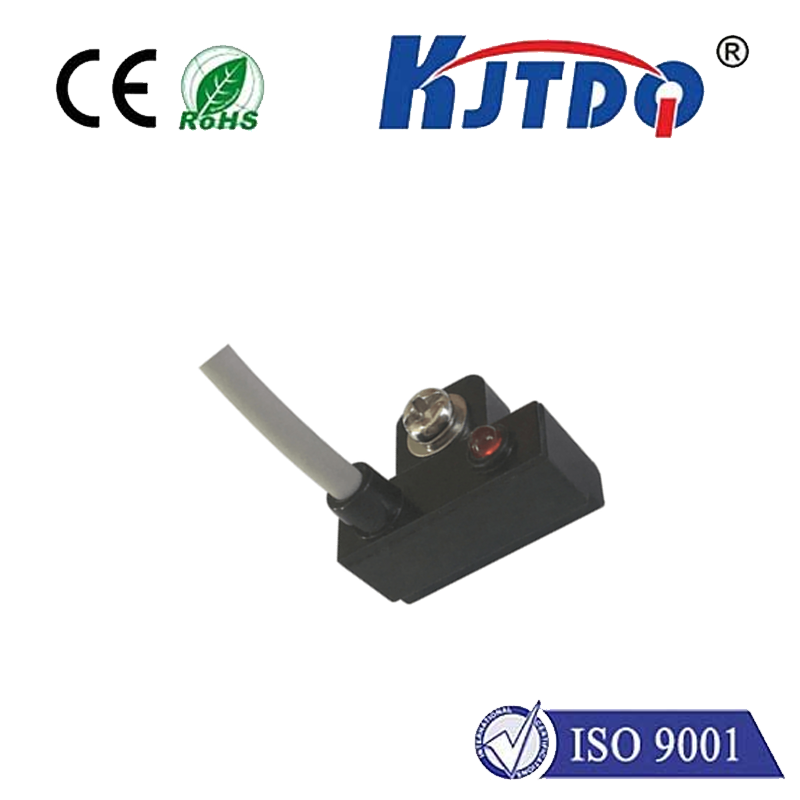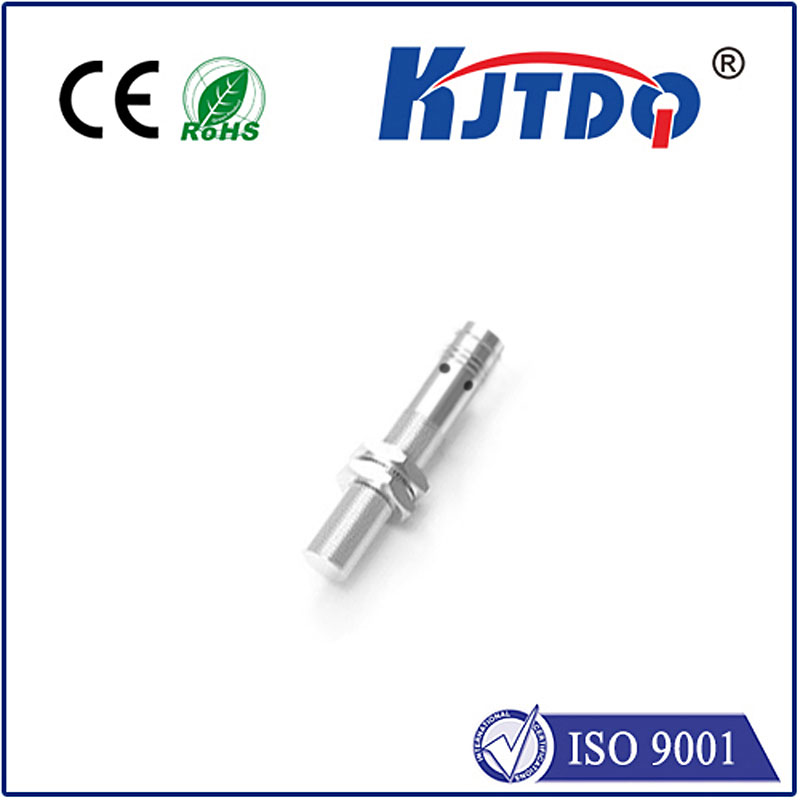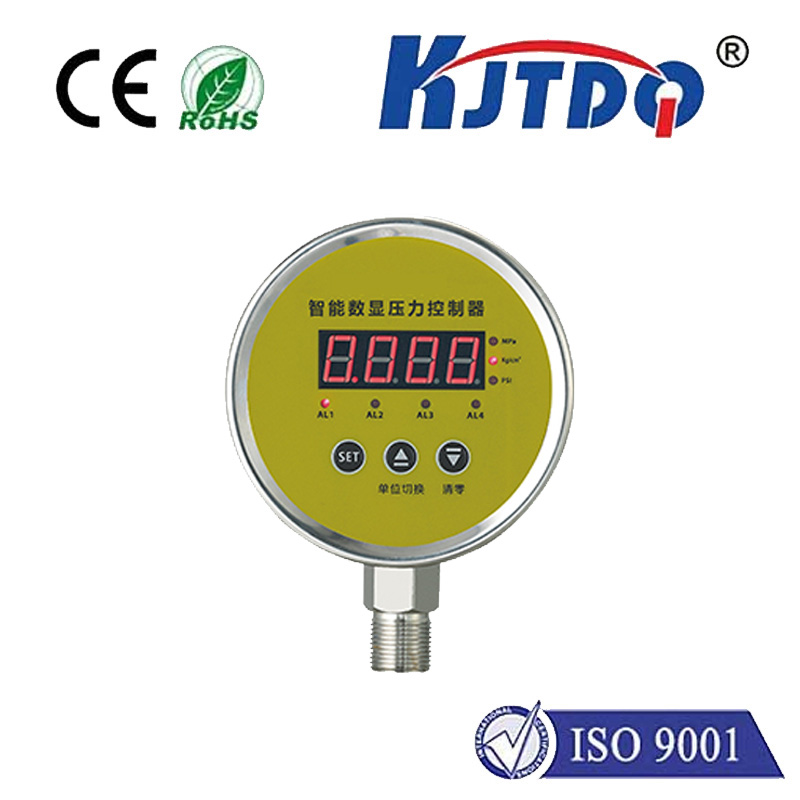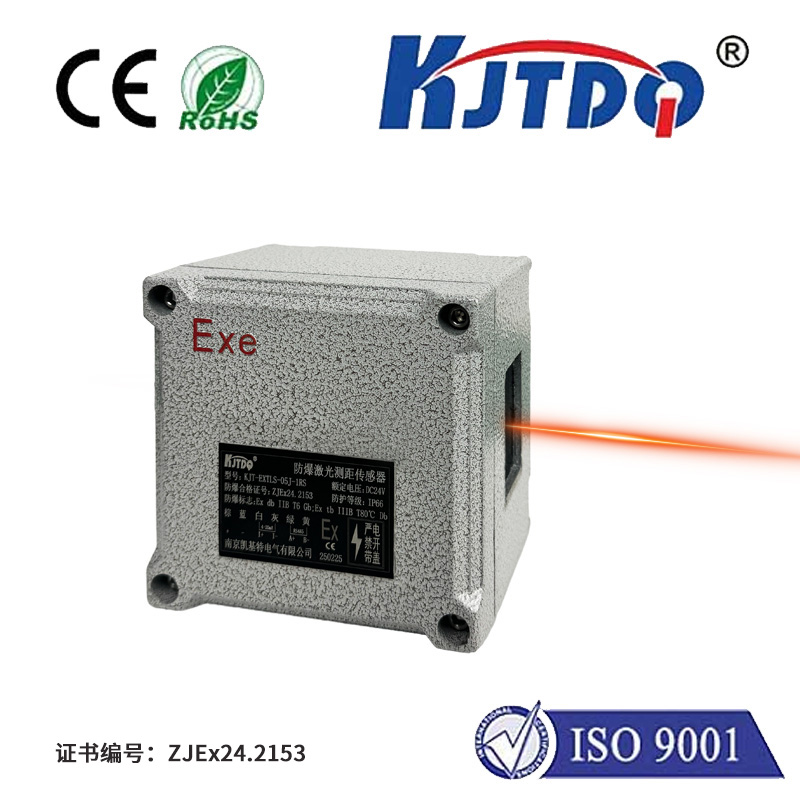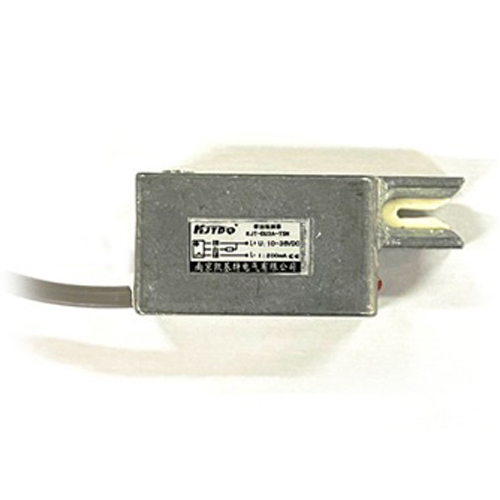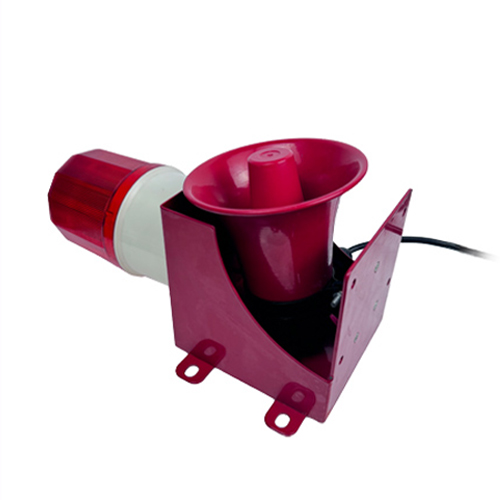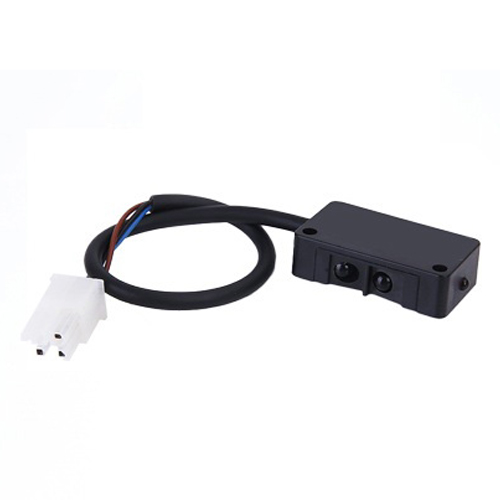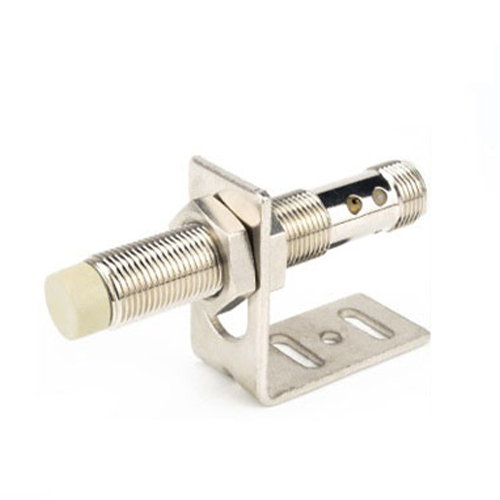proximity sensor security
- time:2025-09-08 00:41:08
- Нажмите:0
Beyond the Beep: How Proximity Sensor Security Creates Silent, Intelligent Barriers
Imagine a security system that reacts before a breach occurs. A silent sentinel that detects an approach, not just an intrusion, triggering alerts or actions while potential threats are still yards away. This isn’t science fiction; it’s the tangible benefit of integrating proximity sensor security into modern protective measures. Moving far beyond simple motion detection, proximity sensors add a crucial layer of predictive intelligence, transforming reactive security into a proactive shield.
Understanding the Silent Guardian: What is Proximity Sensor Security?
At its core, proximity sensor security leverages specialized electronic devices that detect the presence, absence, or approach of an object within a defined field without physical contact. Unlike traditional motion sensors (PIR) that trigger based on body heat and movement inside a space, proximity sensors primarily focus on the approach towards a protected boundary or asset. They work by emitting an electromagnetic field, infrared beam, ultrasonic waves, or utilizing capacitive sensing, then detecting changes in that field caused by an intruding object.
This technology forms the foundation of a non-contact detection system, crucial for scenarios where physical barriers alone are insufficient or undesirable. The essence of proximity sensor security lies in its ability to provide early warning and enable preventative action. Knowing someone or something is approaching a critical perimeter – a vault door, a restricted server rack, a gated entry – before they make contact provides invaluable time and options.
Where Intelligence Meets Deterrence: Key Applications

The versatility of proximity sensor technology makes it invaluable across diverse security landscapes:
- Perimeter Protection & Early Intrusion Detection: This is a prime application. Installing proximity sensors along fences, gates, walls, or even buried underground creates an invisible tripwire. Detecting approach before the perimeter is physically breached allows security personnel to be alerted or automated deterrents (like powerful lighting or sirens) to activate, potentially stopping the intrusion at the earliest stage. This significantly reduces the window of opportunity for unauthorized entry.
- Access Control Enhancement: Proximity sensors seamlessly integrate with sophisticated access control systems. Sensor arrays at entry points can detect an approaching person, triggering actions like unlocking a door only for authorized credentials (RFID cards, fobs, biometrics). Crucially, they can also detect loitering near sensitive entryways (like server rooms or executive suites) after hours, triggering alerts for security teams to investigate.
- Asset Protection: Protecting high-value items – artwork in museums, critical equipment in labs, cash in ATMs – benefits immensely. Sensors placed strategically around the asset can detect approach, triggering alarms or cameras before the asset is touched. This preemptive capability is often far more effective than sensors triggered only upon contact or movement of the asset itself.
- Tamper Detection & Vandalism Prevention: Proximity sensors can be configured to detect attempts to cover, move, or otherwise tamper with security devices themselves (like cameras or control panels), sending immediate alerts to security monitoring centers.
- Smart Automation Integration: In comprehensive smart security systems, proximity sensors act as triggers for automated responses beyond just alarms. For example, detecting approach to a home at night might activate porch lights automatically, combining deterrence with convenience.
The Tangible Advantages: Why Proximity Sensors Elevate Security
Integrating proximity detection offers distinct advantages over relying solely on traditional security measures:
- Proactive, Not Reactive: The fundamental shift is from responding after a breach to identifying a threat during approach. This early warning is game-changing, allowing intervention before damage occurs.
- Enhanced Deterrence: The silent activation of deterrents (lights, alerts to security personnel) upon approach can startle and dissuade potential intruders who realize their presence is known early. They often abandon the attempt before escalating.
- Reduced False Alarms: Well-calibrated proximity sensors, especially technologies like microwave or ultrasonic that penetrate materials and can distinguish size/distance better than basic PIR, are often less prone to false triggers from small animals or environmental factors like moving foliage beyond the protected perimeter. This improves operational efficiency for security teams.
- Versatility & Discreetness: Proximity sensors come in various form factors (surface-mount, recessed, weatherproof) and work effectively indoors and outdoors. Their non-contact nature makes them ideal for protecting sensitive surfaces or assets where physical contact sensors are impractical. They are often invisible or unobtrusive.
- Seamless System Integration: Modern proximity sensor security is designed to integrate flawlessly with broader intrusion detection systems, video surveillance (directing cameras to turn towards the detected approach), access control platforms, and building management systems, creating a unified security ecosystem.
- Silent Operation: Unlike audible alarms that trigger only after a breach, proximity sensors can operate silently, feeding alerts directly to monitoring centers or security personnel apps, allowing for covert responses.
Selecting the Right Sentinel: Types of Proximity Sensors
Choosing the optimal sensor depends heavily on the environment and specific security goal:
- Inductive Proximity Sensors: Detect metallic objects. Ideal for detecting vehicles approaching gates or machinery movement in industrial settings. Less common for general human detection.
- Capacitive Proximity Sensors: Detect both metallic and non-metallic objects (including humans) by sensing changes in capacitance. Great for detecting approach to non-metallic surfaces like walls, doors, or assets like safes.
- Ultrasonic Proximity Sensors: Emit high-frequency sound waves and measure the echo’s return time. Excellent for distance measurement and detecting approach over a wider area or zone. Effective indoors and outdoors, relatively resistant to environmental interference.
- Infrared (IR) Proximity Sensors: Use infrared beams. Some detect reflected IR (common in consumer electronics), while active IR sensors create an invisible beam between a transmitter and receiver; breaking the beam signals approach. Effective for linear perimeter protection (e.g., across a driveway or gate).
- Photoelectric Sensors: Similar to active IR, they use visible or IR light beams. Breaking the beam triggers the alert. Widely used for doorways, gates, and specific perimeter lines.
- Microwave Sensors: Emit continuous microwave signals and detect Doppler shift caused by moving objects. Offer excellent range and penetration through materials like thin walls or glass. Highly effective for large outdoor areas but require careful tuning to avoid oversensitivity.
Implementation Essentials: Maximizing Effectiveness
To harness the full potential of proximity sensor security, consider these crucial factors:
- Clear Objective: Define precisely what you need to detect (human approach, vehicle, specific object) and the desired zone of detection.
- Optimal Placement: Sensor placement is critical. Understand the sensor’s field pattern and ensure it covers the intended approach path without gaps or vulnerability to bypassing. Avoid placing them where normal activity (like pedestrians on a public sidewalk adjacent to your property line) would cause constant false alarms.
- Environmental Factors: Temperature, humidity, dust, vibration, and potential obstructions can affect different sensor types. Choose sensors rated for the specific environment (IP ratings for outdoors, temperature tolerances).
- Professional Installation & Calibration: Improper setup significantly reduces effectiveness. Fine-tuning sensitivity, range, and response time is essential to minimize false positives while ensuring reliable threat detection. Expert installation ensures sensors are correctly aligned and integrated.
- Integration Strategy: Plan how sensor alerts will feed into the broader security infrastructure – triggering cameras, alerts to personnel, activating deterrents, or locking/unlocking doors. Ensure compatibility with existing alarm systems and control panels.
The Future of Proximity Detection: Smarter and More Context-Aware
Proximity sensor technology continues to evolve. We’re seeing integration with artificial intelligence (AI) and machine learning. Future sensors won’t just detect an approach but will increasingly distinguish between approaches – recognizing authorized personnel versus unknown individuals, differentiating between a person and an animal, or even assessing intent patterns based on movement. This contextual intelligence will further reduce false alarms and provide even more actionable intelligence for security operators.
Elevating a







